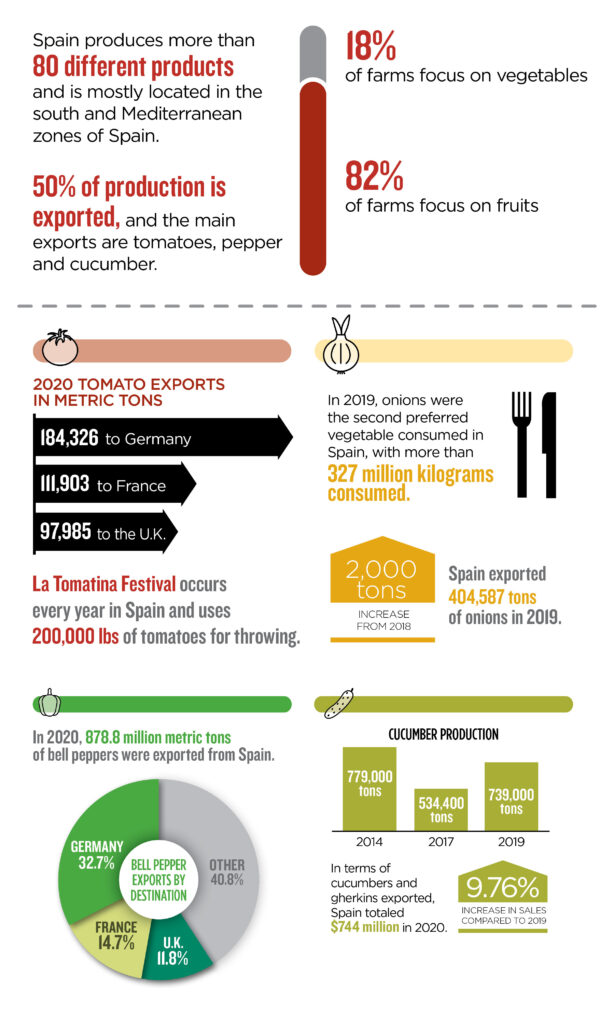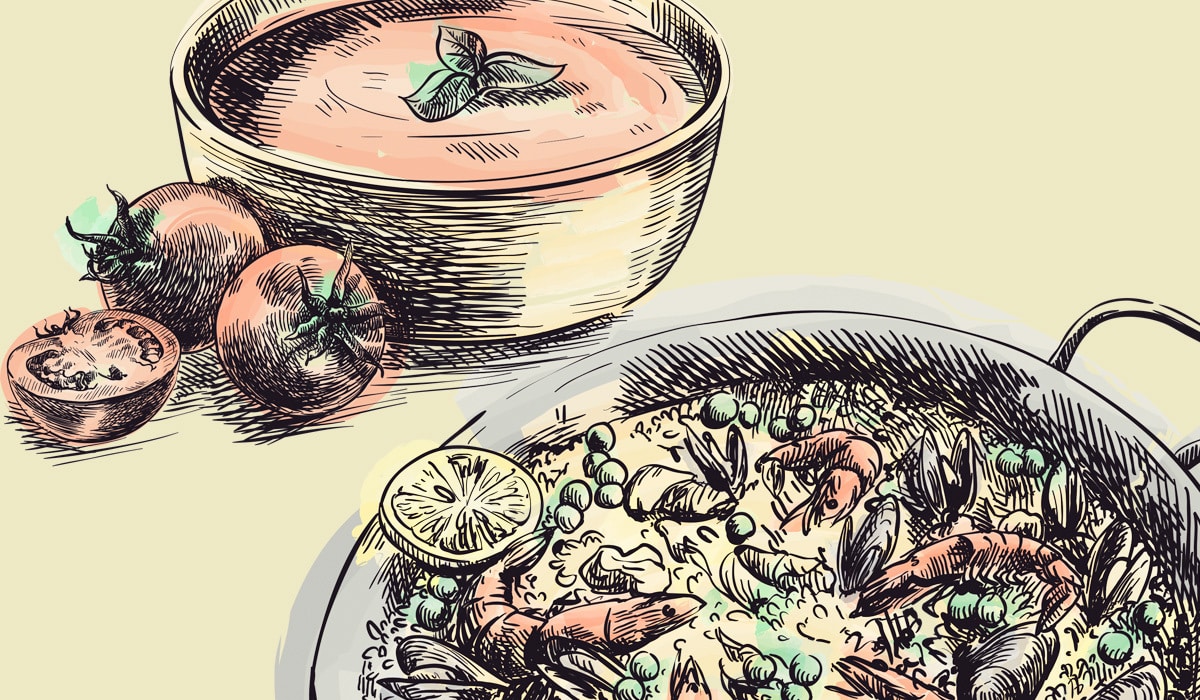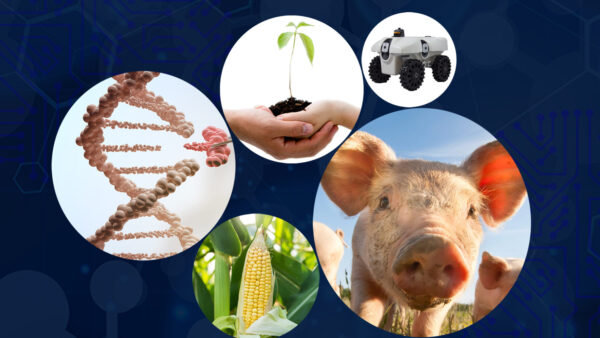Welcome everyone to your glimpse of life in Barcelona, Spain. Agriculture is an important sector for the Spanish economy, society and territory cohesion. There’s more than 17 million hectares of farmland — which is about 13% of the EU’s total area — and 750,000 farmers. Agriculture is the second largest industry in Spain, just behind tourism. It contributes 10.6% to GDP and 14.2% to employment. What does that mean, though?

That means, Spain is the world’s leading exporter of fresh produce and
the top producer in the European Union. Spain presents ideal farming
conditions because of its geographical situation and climate diversity.
The Asociación Nacional de Obtentores Vegetales (ANOVE), the Spanish Plant Breeders Association, and the Asociación de Empresas Productoras de Semillas Selectas (APROSE), the Spanish Seed Producers Association, are two organizations representing the Spanish seed industry. Together, they comprise of more than a hundred companies active in breeding and seed production.
Today, we’re presenting you a look at the Spanish vegetable industry in a different light — through traditional Spanish dishes! We’re featuring paella, a rice dish made of saffron rice, tomatoes, onions, bell pepper, garlic, parsley and peas, and gazpacho, a cold soup made of tomatoes, onion (yellow or red), garlic, cucumber and bell pepper.
Both these dishes showcase four major vegetable products in spain: cucumber, onion, bell pepper and tomatoes.












